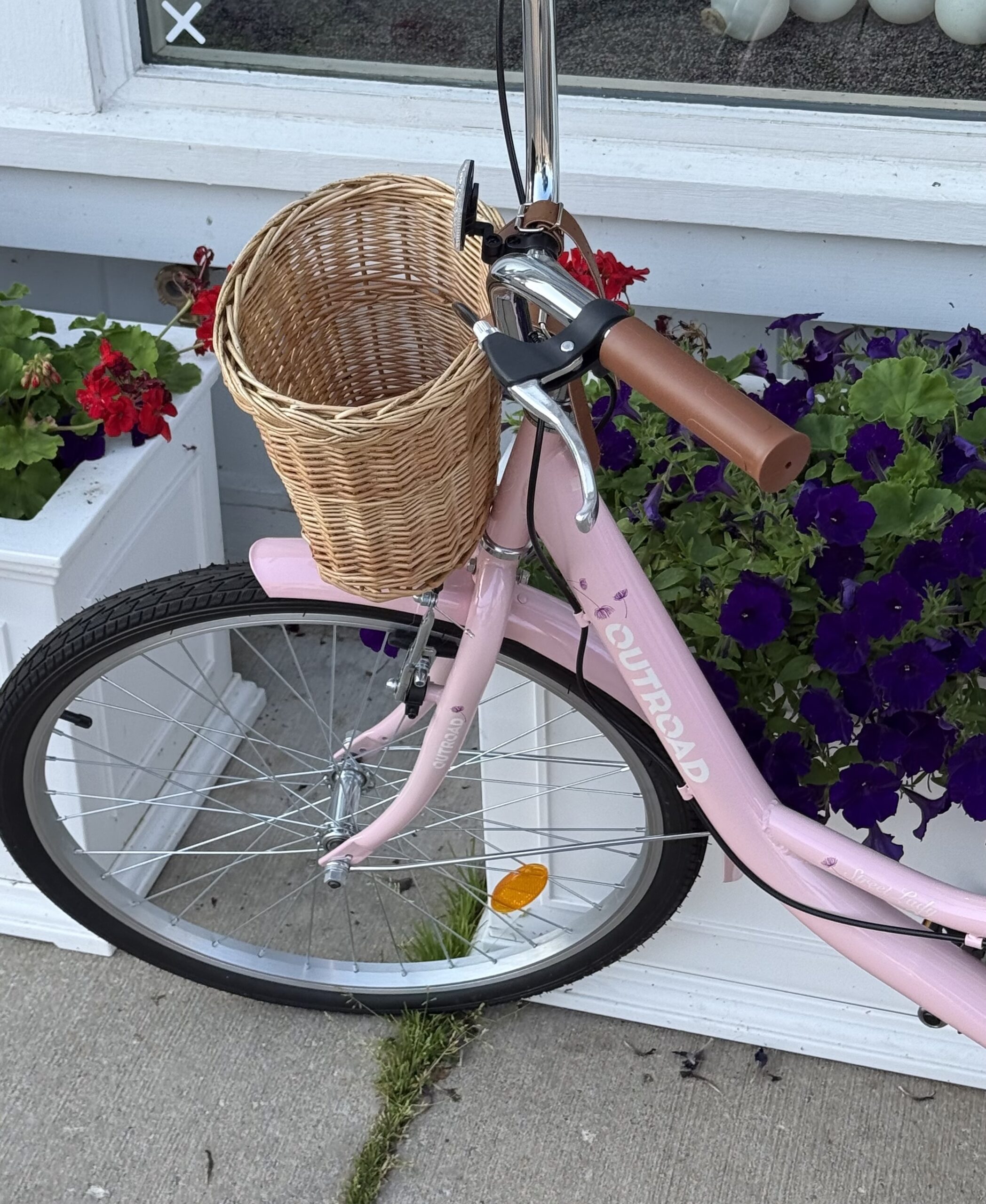This is a safe place, right? A judgment-free zone? A space where I can tell you my absolute #1 red flag trait?
I sure hope so, because I have something to get off my chest:
I’m more of a last things first girlie.
(Which, if you ask anyone who reads their books front to back or watches TV shows in the order they aired, is “annoying” – source: my husband)
But if you ask me – the finishing touches of a project are the absolute best part, so why on earth would I wait to enjoy them?
And *usually,* I can enjoy my chaotic approach to things with zero consequences (let me assure you that my newborn son did not, in fact, care that we watched season 5 then 1 of Girls while snuggling and nursing) – but the one place I flat-out refuse to give in is my clients’ websites.
Because if you don’t go in the right order when creating your website – you end up with a mess. So here, I’m sharing the mess-free approach to creating your website that ensures infinitely better results than jumping straight into design.
Which Comes First, Copy or Website Design?
The ultimate goal of your website is to inspire your audience to take action – whether that’s inquiring about working with you, buying a product or course, or subscribing/joining your newsletter.
Because here’s the thing: A beautiful website that doesn’t bring in traffic & clients is a bad website.
And while website design is essential to setting the immediate vibes, grabbing attention, and presenting your copy – the copy itself is what actually drives conversions.
In a perfect world, this is the order you’d tackle things:
#1 | Brand & Messaging Strategy
Your brand goes far beyond a simple logo – it includes things like your positioning and brand voice (how you market & talk about your business), values, and yes, the visual elements like colors and typography.
Every. Single. Element. Should be crafted with your target audience and positioning in mind, which is why foundational strategy is the first step.
This includes:
- Who your target audience is, and what they need your help with
- The tangible benefits they’ll receive by working with or buying from you
- Why & how they make buying decisions
- Your business’s mission, values, and other core principles
This is usually a great jumping-off point to revisit your offer suite, newsletter, and other core content pillars that will ultimately get showcased on your website!
#2 | Website Strategy, Copy, & SEO
Both a website designer and copywriter can (& should) weigh in on what pages your website needs – and every page will need copy, of course.
Starting with copywriting gives you a stronger website overall, and ultimately saves you time in the long run. If you’re working with a website designer, they won’t have to guess at how many sections you’ll need and how much space to leave for words – they’ll know exactly how to style the words that will ultimately encourage action with your readers.
If you’re starting with a website template, I recommend choosing your template early and sharing it with your copywriter so they can keep the format and structure in mind, and maximize the space available!
(Orrrr, get the best of both worlds by choosing a website template on Showit that’s super easy to customize no matter the copy you add)
#3 | Visual Identity
If you’re having your brand designed as part of your larger website project, I like to do this at the same time or slightly after copywriting – because often, the copy helps build the brand concept and creates more ideas for things like custom icons or illustrations.
Want to see a brand with custom icons? Click here!
#4 | Website Design
Now, it’s finally time to create your website – and it’s about a million times easier with infinitely better results if you have copy and design elements in hand.
If you’re hiring a designer to create your website, you’ll typically need copy in hand before your project starts (another point for a copy-first approach).
If you’re DIY-ing, it’s also way easier to get into a flow when working off a copy doc – much less guessing what to say where, much more actually fun parts of design like moving things around and making them pretty.
Here’s my take on who to hire first.
If I wanted to book more clients through my website and was budgeting for a complete redo/redesign, I'd hire a copywriter first (and your designer agrees with me).
Starting with copywriting protects your investment and your time.
Without website copy, your designer quite literally cannot do anything with your website. They can design sections for the basics, they can take your few sentences and make them absolutely stunning, and they can help you launch the entire thing to the world –
But you aren't going to see the results you want (if any results) unless your website anticipates and answers client questions, gets them excited about inquiring, and helps you be found on Google in the first place (all of which is your copy's job) – which means you're still on the hook for spending time doing it all.
Good copy should also last you years (or until your audience & offers change) – which means that if I could only pick one to start with, I'd still pick copy. As satisfying as it is to get it all done at once, you can launch a DIY or template website with custom copywriting, use it to make the money you need to fund your new design, and hire a website designer.
(Which is also cheaper than hiring a designer, regretting not hiring a copywriter, hiring a copywriter, and re-hiring your designer to update your website with your new copy)
Here’s how I can help you with your website:
>> Have me audit your website and make sure that your services page (and other pages) are *completely perfect*, without having to redo the whole thing or restart from scratch.
>> Grab a website copywriting template that will help you write your entire services page – and entire website – from top to bottom in a matter of hours (or minutes!) instead of the weeks it’s been taking you.
>> Check out my copywriting services and have me write (and SEO optimize) your entire website for you, so you can worry about actually delivering your services while I ensure they’re communicated well.
To get in touch with me, send me a DM or email me at amy@hellococreative.com!






